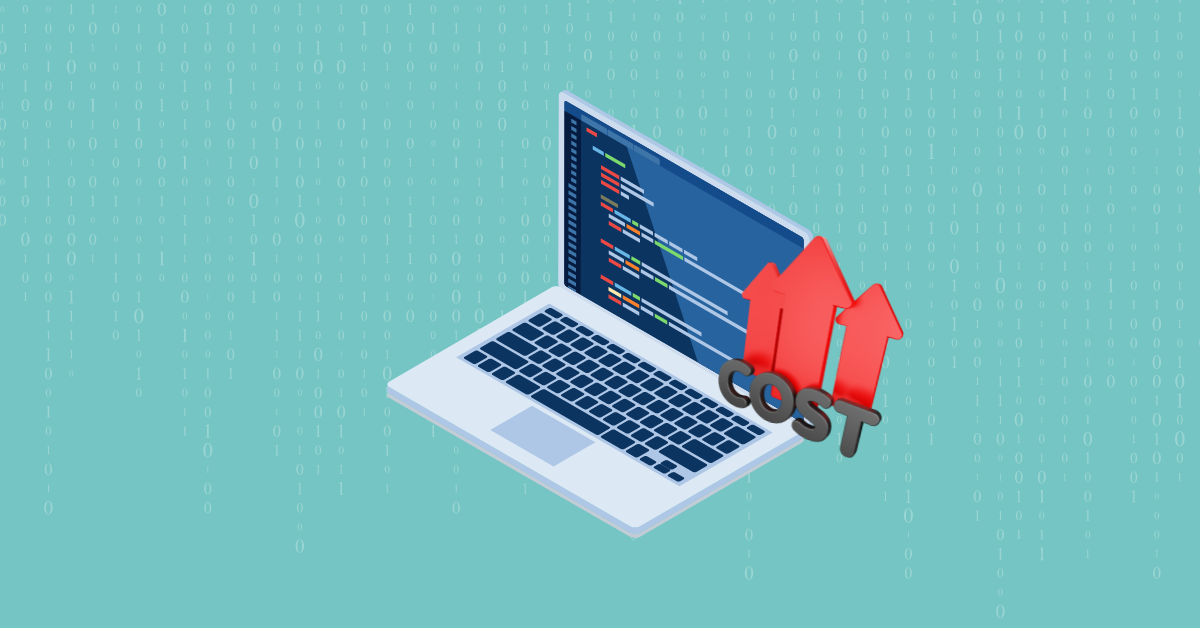

To boost your bottom line, you must produce top-notch code and identify and fix all instances of low-quality code. Low-quality code refers to poorly written code containing bugs and readability issues, among other problems. Poor code quality can lead to various long-term consequences, such as workflow inefficiencies and software vulnerabilities, which can drain millions of dollars. According to a 2022 report by the Consortium for Information & Software Quality (CISQ), the cost of poor software quality in the U.S. has grown to at least $2.41 trillion.
Read to learn about low-quality code, its causes, and the costs of producing poor-quality code. You’ll also learn how Kiuwan can help improve your code quality.
Low-quality source code is clumsily written code that may cause communication and cybersecurity problems in the long run. Here are some patterns associated with low-quality code:
Teams are at a higher risk of producing low-quality source code when they code without standards and planning, set unrealistic deadlines, lack tech-business alignment, and fail to bake cybersecurity and fixes into every step of the software development lifecycle (SDLC).
Developers tend to produce low-quality code when they start coding without planning and standards. This usually happens when teams skip the requirement analysis stage of the software development life cycle (SDLC) and begin coding without a clear foundation or architecture in mind. In such cases, teams may take shortcuts, resulting in tangled, tightly-coupled code that is difficult to understand and maintain.
Tight deadlines may motivate developers to work more efficiently, but they may also lead them to compromise the quality of their work and rely on quick solutions to meet the deadlines. This often results in the creation of buggy code, which can have negative consequences such as poor product quality and user satisfaction.
Teams should align their efforts with business goals to avoid producing low-quality code. Otherwise, team members may have conflicting opinions about a project’s scope, leading to scope creep or continuous growth in the project’s scope. This can cause delays and budget overruns and lead to low-quality products. Companies can avoid these issues by establishing proper control procedures.
Poor-quality code makes debugging and testing more difficult and time-consuming. It can also significantly lower the bottom line and poorer user experience.
Here are the main consequences of producing low-quality code.
Dealing with poorly written code can be frustrating for developers and adversely affect their morale. It can also make it harder for them to meet deadlines, causing stress and demotivation. Over time, developers may seek more fulfilling and less frustrating work environments, leading to high turnover rates.
Well-written code is easy to read and work with, whereas badly written code can lead to developers spending additional hours debugging and reworking bugs. This can slow down the development process and significantly increase development costs.
After writing and deploying code, the project enters the maintenance phase of the SDLC. This phase requires the team to monitor the software and perform upgrades or repairs so it works as designed.
Maintaining low-quality code during this stage can often be costly. Clunkily written code often requires more fixes and updates, and ongoing maintenance can also drain resources.
Poorly written code often contains more vulnerabilities, bugs, and loopholes that hackers can exploit to gain unauthorized access to sensitive data. Cyberattacks can cause serious consequences such as data breaches, loss of valuable information, financial loss, intellectual property theft, and reputational damage.
Your software or application’s end users are among the first to experience the costs of low source code quality. Software with poorly written code is more prone to crashes, bugs, and slow performance, all of which can negatively impact the user experience and customer satisfaction.
Traditionally, businesses valued development speed over code quality. However, this approach is no longer effective. In today’s highly competitive market, tech companies should prioritize code quality over speed. Otherwise, they are more likely to produce buggy and unresponsive software.
One of the best ways to improve code quality is through Kiuwan. Kiuwan is a powerful, end-to-end application security platform that improves code quality. We provide the following code improvement tools:
Are you interested in learning more about improving code quality? Request your free trial of Kiuwan today.


